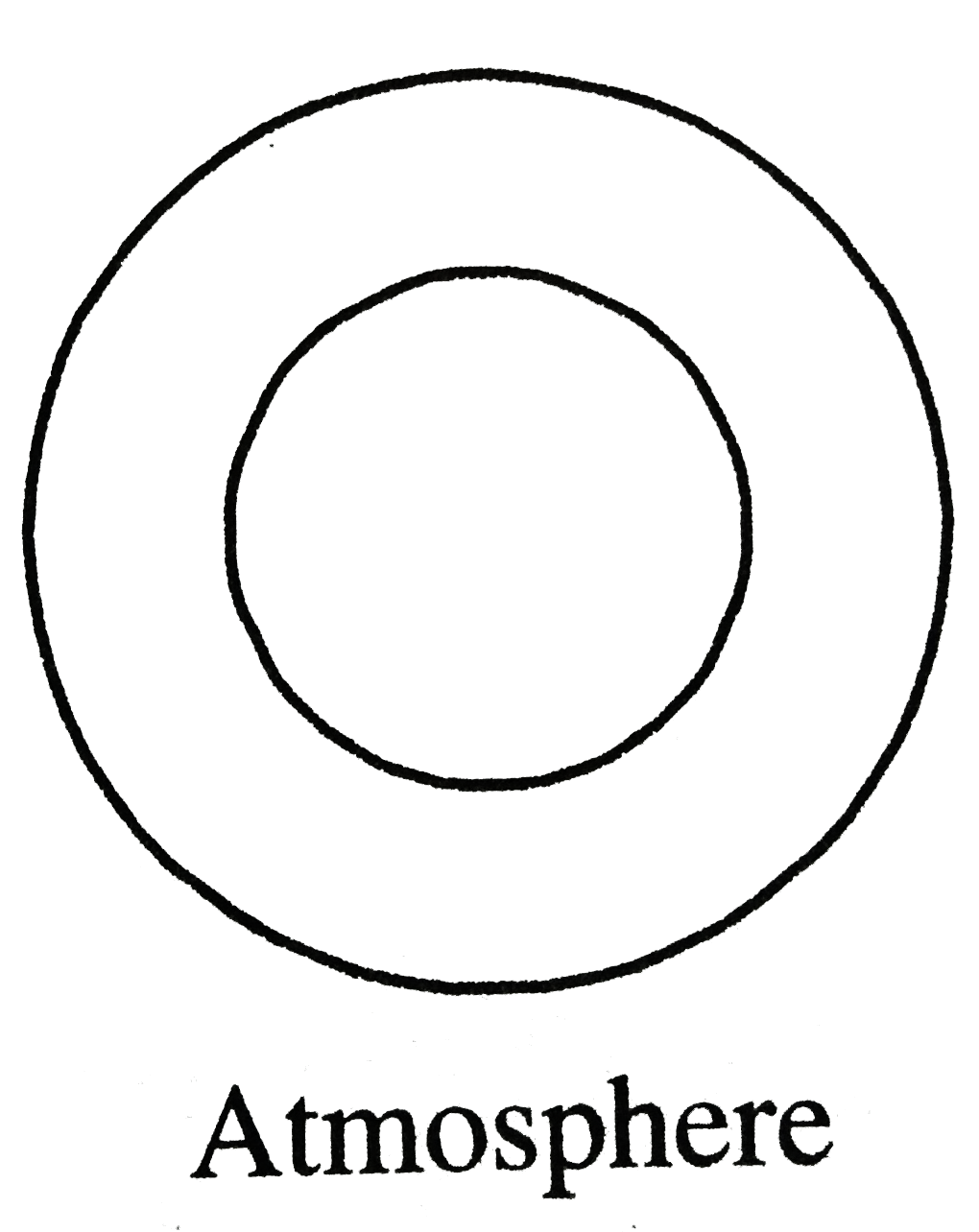Soap Bubble Colour
Step-by-Step Solution:
1. Understanding White Light: White light is composed of multiple colors, which can be seen in a rainbow (red, orange, yellow, green, blue, indigo, violet).
Hint: Remember that white light is a mixture of all colors.
2. Interaction with Soap Bubbles: When white light hits the surface of a soap bubble, it reflects off the outer and inner surfaces of the bubble.
Hint: Consider how light behaves when it encounters different surfaces.
3. Interference of Light: The reflected light waves from the outer and inner surfaces of the bubble can interfere with each other. Depending on the thickness of the bubble and the angle of the light, some colors will constructively interfere (become brighter) while others will destructively interfere (cancel out).
Hint: Think about how waves can add together or cancel each other out.
4. Color Variation: The varying thickness of the soap film leads to different colors being enhanced or diminished at different points on the bubble. This is why you see a spectrum of colors on the surface of the bubble.
Hint: Consider how the physical properties of the bubble affect the light that reflects off it.
5. Resulting Colors: The combination of constructive and destructive interference results in the vibrant colors that we see in soap bubbles.
Hint: Reflect on how the interaction of light and material properties can create visual effects.
Final Conclusion: The colorful appearance of soap bubbles is due to the interference of light reflecting off the bubble's surfaces, which enhances some colors while diminishing others.
---
Topper's Solved these Questions
Similar Questions
Knowledge Check
A spherical soap bubble of radius 1 cm is formed inside another of radius 3 cm the radius of single soap bubble which maintains the same pressure difference as inside the smaller and outside the larger soap bubble is ____cm
A0.75cmB0.75mC7.5cmD7.5m
A : Thin films such as soap bubble or a thin layer of oil on water show beautiful colours when illuminated by sunlight.
R : The colours are obtained by dispersion of light only.
View SolutionThe work done in blowing a soap bubble of volume V is W. The work done in blowing a soap bubble of volume 2V is
View SolutionA soap bubble of raidus R is surrounded by another soap bubble of radius 2R, as shown. Take surface tension =S. Then the pressure inside the smaller soap bubble, in excess of the atmosphere presure will be

View SolutionA soap bubble of radius r is placed on another bubble of radius 2r. The radius of the surface common to both the bubbles is
View SolutionExcess pressure in a soap bubble of radius r is proportional to:
View SolutionTwo soap bubbles of radii a and b coalesce to form a single bubble of radius c. If the external pressure is P, find the surface tension of the soap solution.
View SolutionThe radius R of the soap bubble is doubled under isothermal condition. If T be the surface tension of soap bubble. The work done in doing so it given by
View Solution